11th Jan 2024
Possessing some of the most coveted terroir in the Médoc, Château Gruaud Larose had not lived up to its potential for many years. It’s come to be known as a sturdy work-horse claret of rugged design, with some vintages verging on the skeletal and rustic (Bretty) side. What the Gruaud and Larose families started as a labor of love lost its passion and its way during much of the 20th Century. For a time, the estate was broken up and then reassembled. It became a business investment whereby changes and development were largely superficial. Then, in 1997, it was purchased by the Merlaut family as part of their Taillon Group’s collection of châteaux, who have undertaken the investment needed to bring the vineyard up to its full potential. Recent vintages (2018-2022) reveal a new face of Gruaud Larose, and it’s a remarkable metamorphosis.
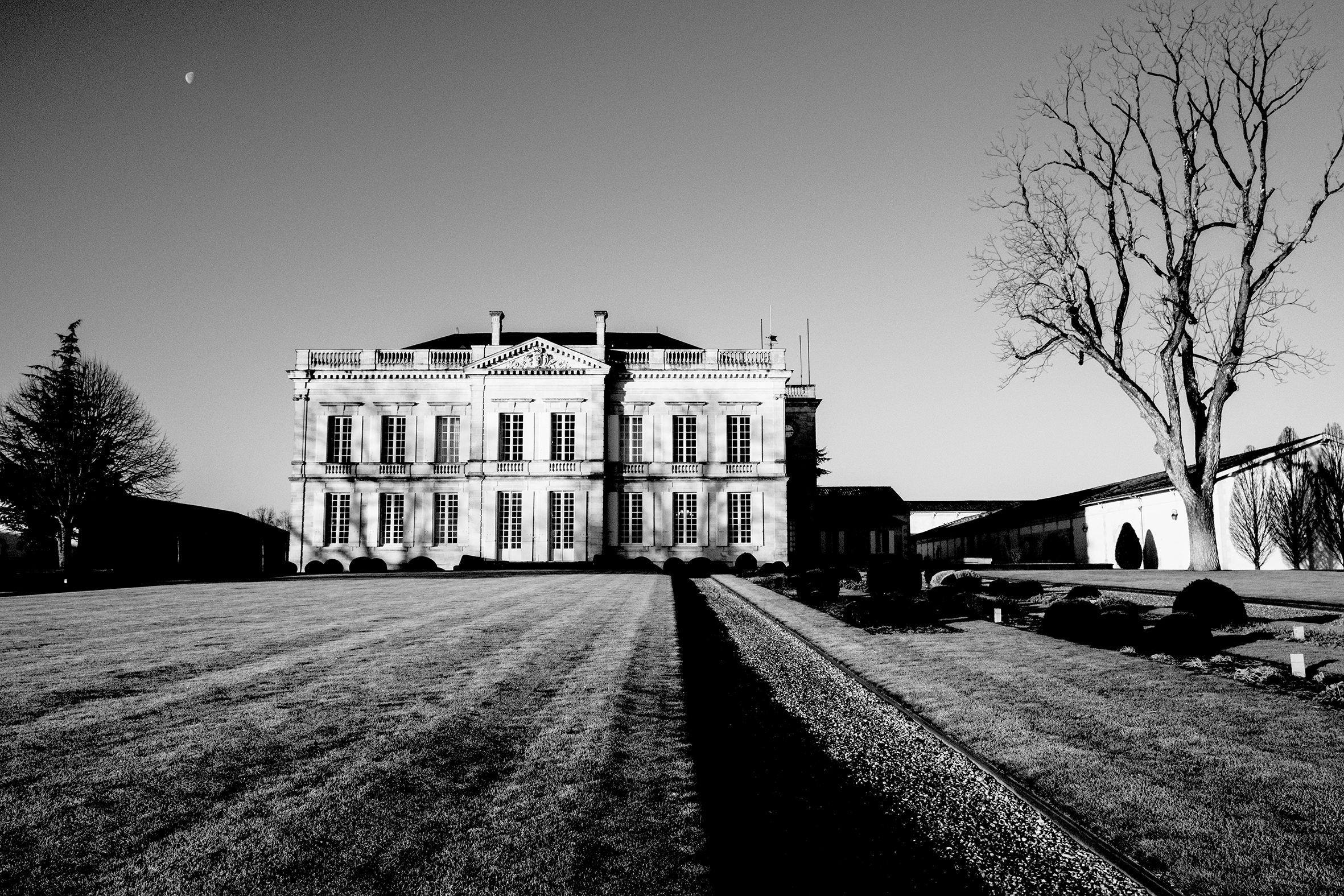
Metamorphosis
The roots of Château Gruaud Larose were established in 1725 by Stanislas Gruaud. Yet, the second half of the name wasn’t added until it was inherited by family member Joseph Sébastien de Larose in 1781. By 1855, the wine’s reputation was impressive enough to land it a second growth position along with fellow Saint-Julien estates Léoville-Las Cases, Léoville Poyferre, Léoville Barton, and Ducru-Beacaillou.
In the early 1800s, the château was sold to the Balguerie and Sarget families, who separated the estate into two entities: Gruaud-Larose-Sarget and Gruaud-Larose-Bethmann. Eventually, both parts were purchased by Désiré Cordier and reunited in 1935. In 1983, the Suez Company purchased the Cordier’s substantial holdings, including Gruaud Larose.
“From 1983 to 1990, the estate was treated just as an investment,” said Arnaud Frédéric, the commercial director at Gruaud Larose, during the first vertical tasting I conducted for this article in 2022. Arnaud’s father was the estate’s vineyard manager for over 30 years. “Any investments in the property went into improving the château and cellar, but they forgot the vineyard! When Jacques Merlaut purchased the property in 1997, we finally started restructuring and replanting the vineyard. Almost 50% of the vineyards were replanted over the past 20 years. The Merlauts are a family and are here for the long haul. They want to maintain Gruaud Larose for future generations of the family. Before, it was all investors. They didn’t understand.”
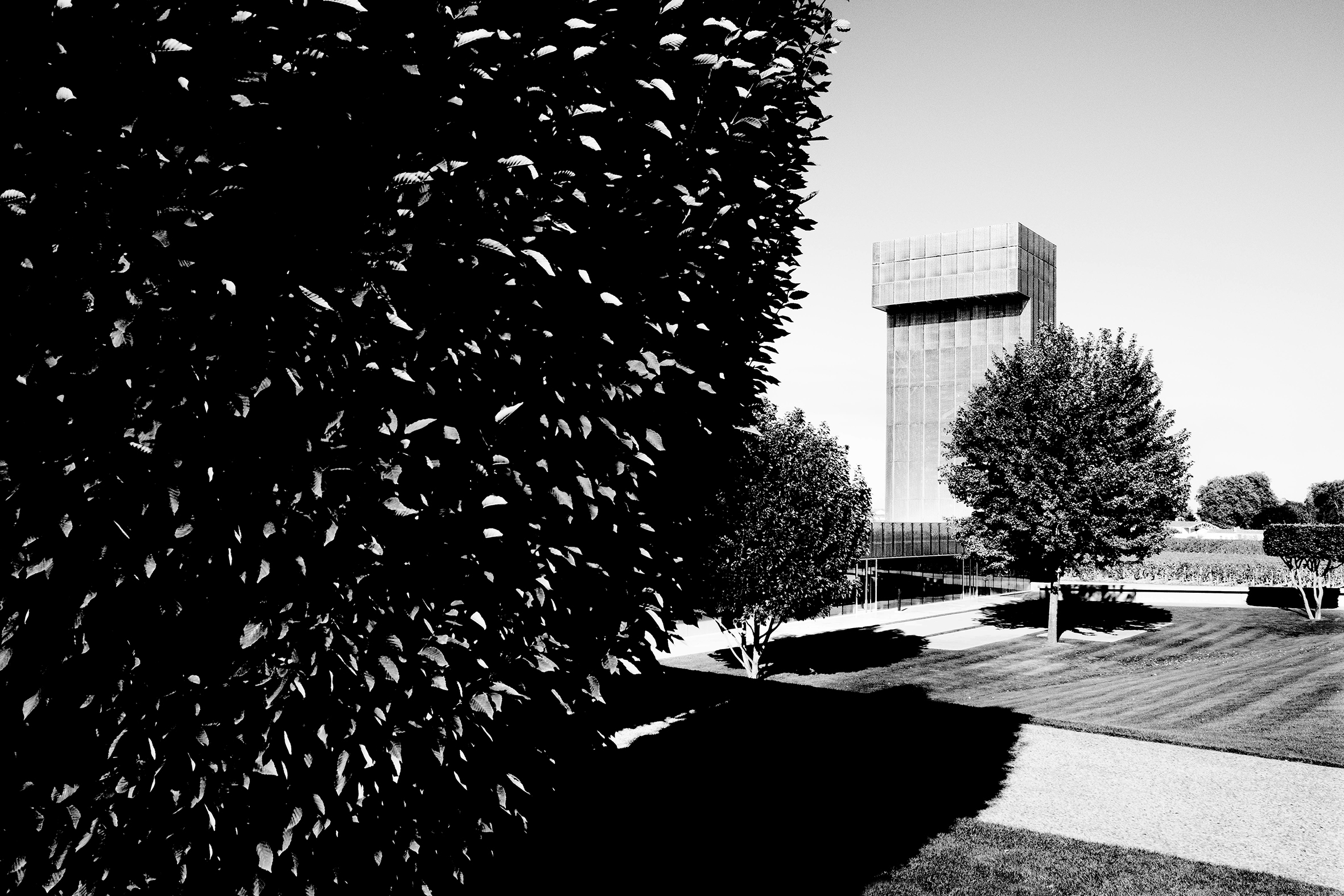
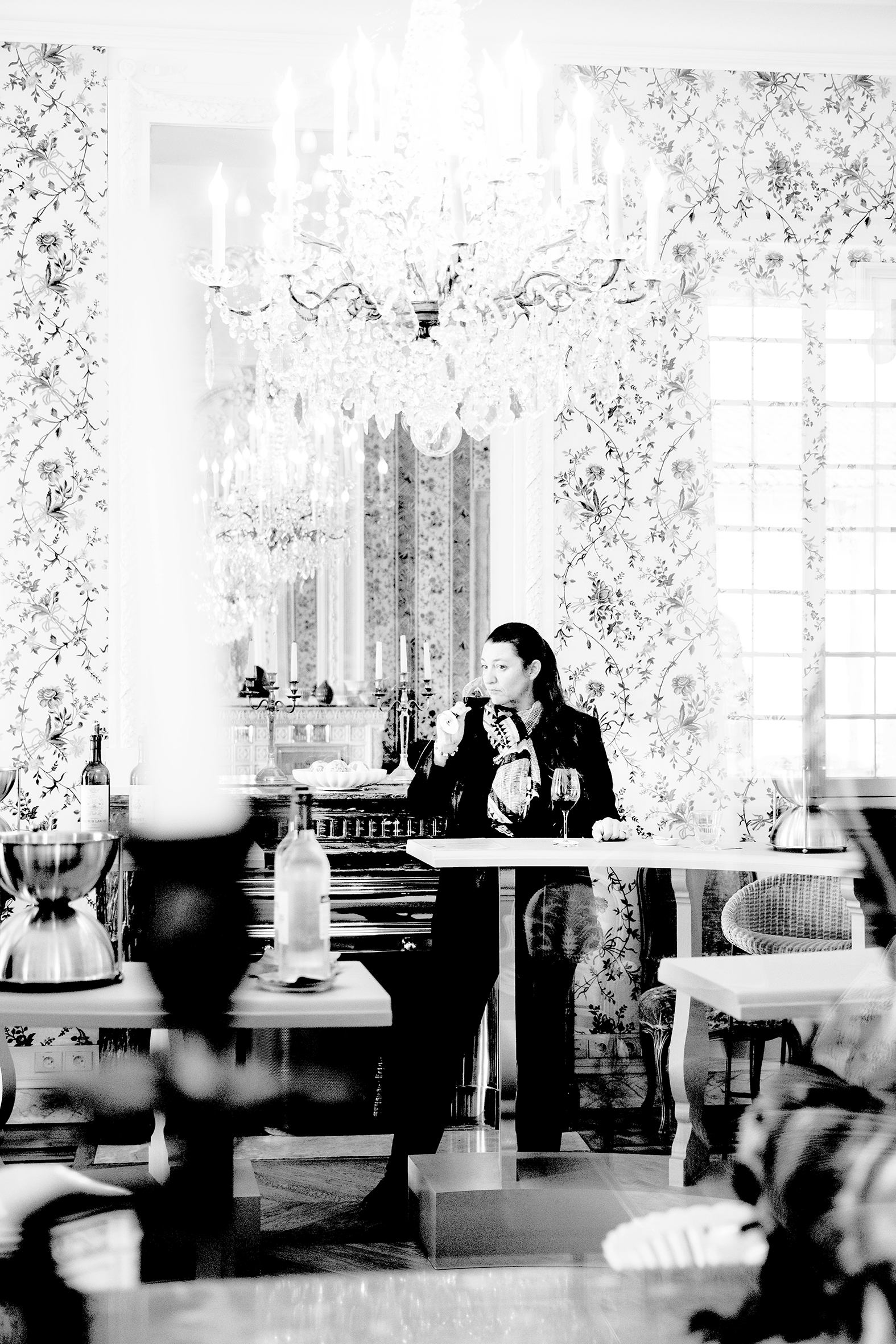
I paid another visit to Gruaud Larose in December 2023 to fill in some of the missing (weaker) vintage gaps in the vertical and gain a better understanding of the scale of recent improvements. By this time, Arnauld had left the estate to join Château Montrose. I tasted with Virginie Sallette, the château’s relatively new technical director.
"My philosophy is to respect the terroir."
“I’ve been at Gruaud Larose for six years,” said Virginie. “I came from Ducru Beaucaillou. The first vintage my team made here was 2018. My philosophy is to respect the terroir. We have such a big responsibility with the history of this property. This is a second growth; we must strive to be the best. Most important is the work we do in the vineyard. We used to have Malbec planted here, but we’ve replaced this with Cabernet Sauvignon. As you know, we have been restructuring the vineyards over the last 20 years. The percentage of Cabernet Sauvignon has been increasing, which is much more appropriate for this terroir.”
Gruaud Larose has an 82-hectare vineyard, nearly all of it in a single block around the château, which is unusual—most big Médoc estates have their vineyard blocks scattered across the commune. It’s situated in the heart of Saint-Julien with Lagrange to the west and mixed plots of Ducru-Beaucaillou, Saint-Pierre, and Beychevelle on the eastern/Gironde side. So, the vineyard issue was never one of sub-standard terroir; it was more of poor planting decisions and management. During the recent replanting process, blocks of Merlot that existed on prime Cabernet Sauvignon terroir at the top of the plateau were replaced. The management of the vineyard before Merlaut’s ownership was mainly focused on high yields rather than high quality, a factor that accounted for the lean/skeletal character of some vintages. Also, the former owners had little regard for sustainability.
"Once you’ve picked, you can’t change—this is such a critical, strategic decision."
“We have been certified organic since 2022, and we try to adapt this sustainability into everything we do,” said Virginie. “We plant trees near the vineyard because we believe in the vineyard like an ecosystem. We now maintain grass in the vineyard and have lambs to trim the cover crops. One of the most important things is the date of the harvest. We taste every parcel to decide if we need more time. Once you’ve picked, you can’t change—this is such a critical, strategic decision.”
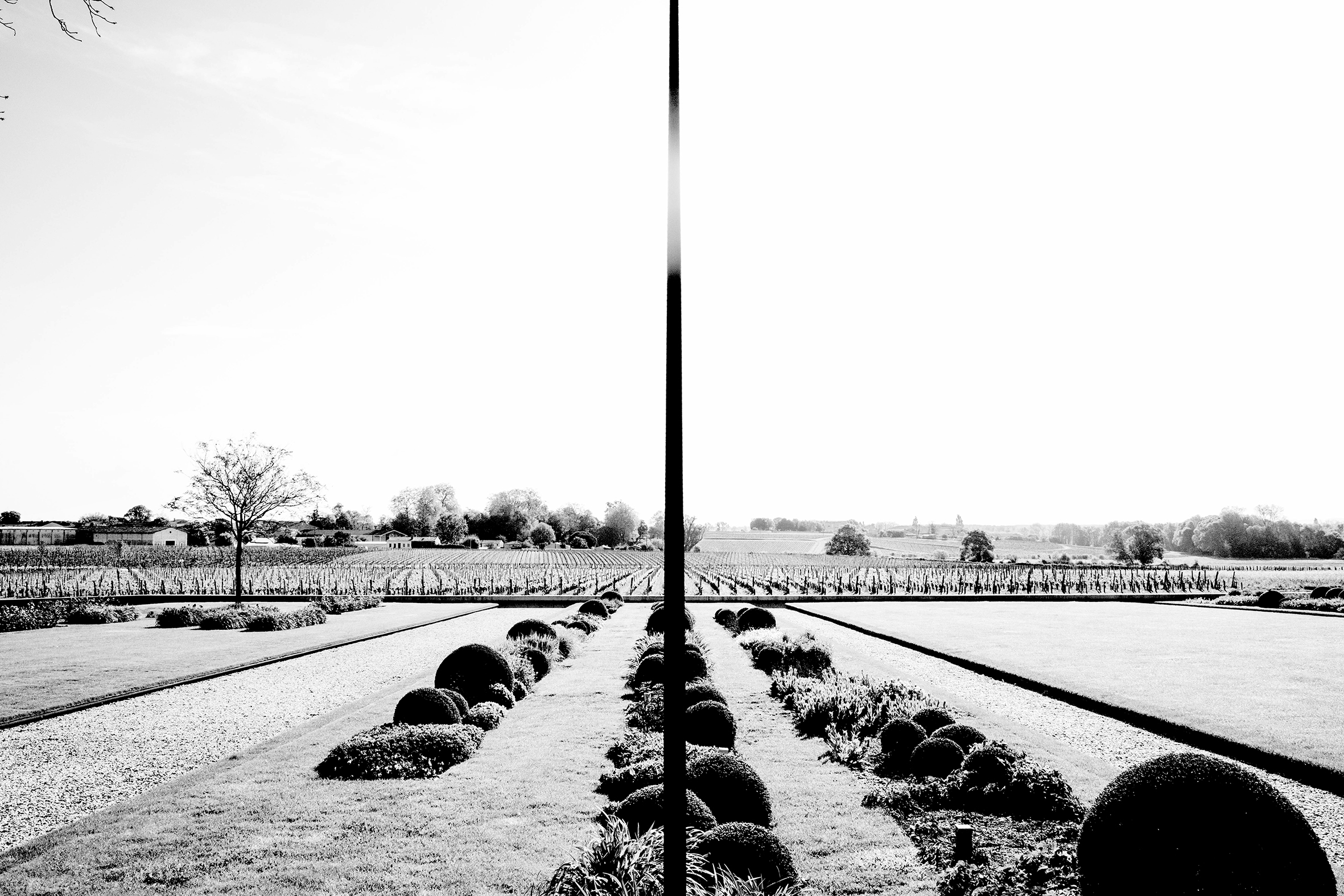
And the winemaking?
“In the winery, our philosophy and attention are nearly the same as in the vineyard,” said Virginie. “We try to increase the quality and the potential of each plot. Our vinification process is slow. We taste each tank twice a day to find the best way of extraction. My obsession is to find the purity of the fruit and express the DNA of Gruaud Larose.”
Purity is a point that Virginie continues to stress as we taste some of the more challenging vintages of Gruaud Larose from before she arrived, including 1998, 1999, 2002, 2003, 2006, and 2007—vintages in which the winemaking was marred by incidences of Brettanomyces. Thankfully, the winery has moved past this phase.
Having recently tasted every vintage from 1998 to 2022, the metamorphosis of Gruaud Larose, thanks to changes in the vineyard and winemaking, reveals an emerging, jaw-dropping Saint-Julien second growth of impressive elegance and finesse.
-
Article & Reviews by Lisa Perrotti-Brown MW
Photos by Johan Berglund
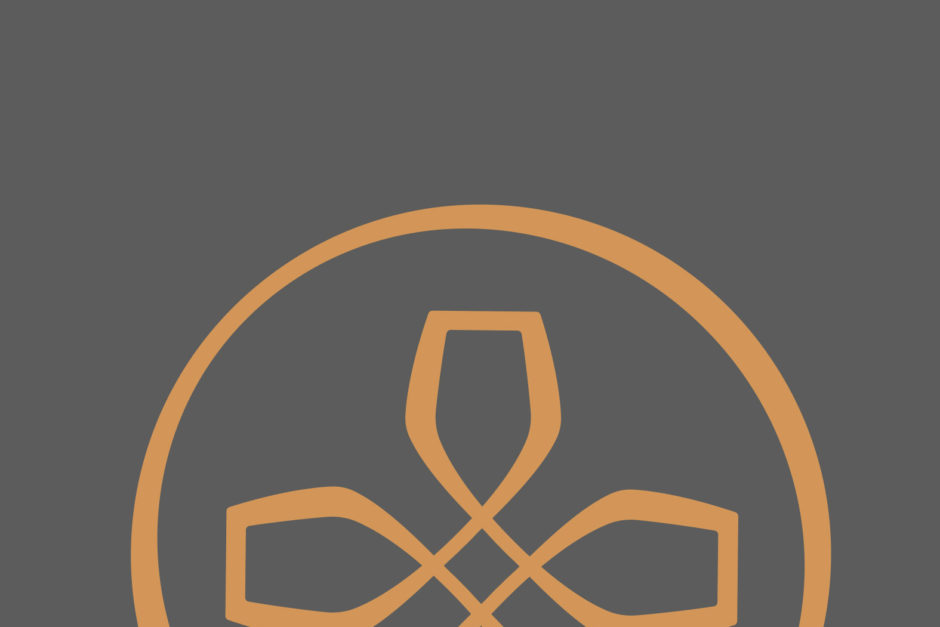
PRODUCERS IN THIS ARTICLE
> Show all wines sorted by scoreMore articles
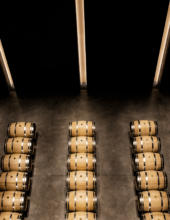
Bordeaux 2023 Vintage Report and Reviews from Barrel
09th May 2024
649 tasting notes
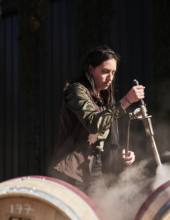
Cathiard Vineyard New Releases
02nd May 2024
3 tasting notes
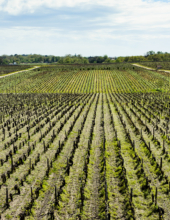
Bordeaux 2023 Preliminary Vintage Report and Reviews from Barrel
29th Apr 2024
56 tasting notes
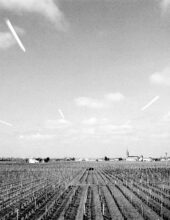
2021 Bordeaux in Bottle and A Modest Proposal
24th Apr 2024
599 tasting notes
Show all articles